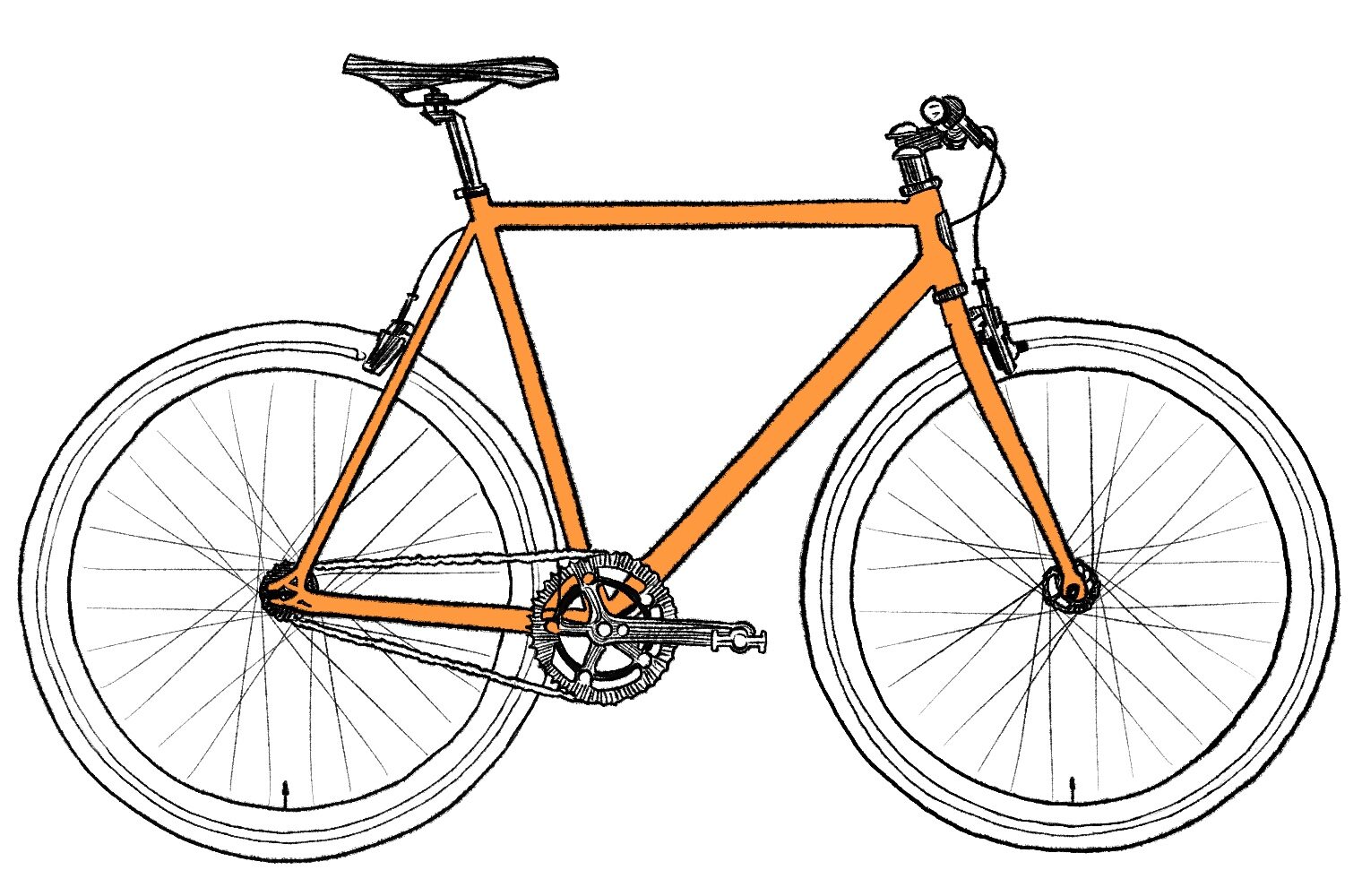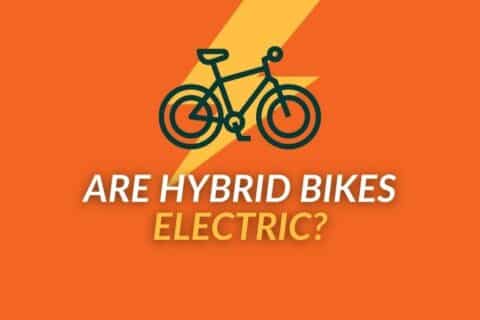
Popular searches:
Why Get an Belt-Driven E-Bike
Belt-driven e-bikes present a compelling option for those looking for a smooth, quiet, and low-maintenance cycling experience. One of the primary advantages of belt-driven systems is their low maintenance requirements. Unlike chain-driven bikes, belt-driven e-bikes don’t require regular lubrication, saving you time and effort. This makes them a perfect choice for daily commuters or recreational cyclists who prefer a hassle-free, ready-to-ride experience. Additionally, the durability of the belt drive is generally higher than that of chains, resisting dirt, grit, and weather, translating into longer intervals between replacements.
In addition to being durable and low-maintenance, belt-driven e-bikes offer a clean, smooth, and quiet ride. Without the need for oil, you can forget about greasy stains on your clothes or hands. This clean operation, combined with the silent motion of the belt drive, significantly enhances the user experience. The smoothness of the ride is especially noticeable when combined with electric assistance, ensuring efficient and effortless cycling, which is ideal for both longer commutes and leisurely rides.
While the initial cost may be slightly higher, the long-term benefits of reduced maintenance time and cost, the increased lifespan of the drive, and the overall improved riding experience make belt-driven e-bikes a worthy investment. So, if you’re in the market for a new e-bike, considering a belt-driven option could lead to a cleaner, quieter, and more enjoyable cycling adventure.
-
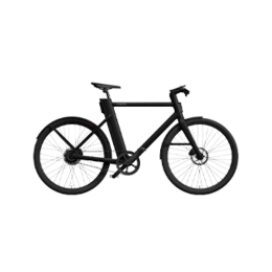
Cowboy C4
Best overall
-
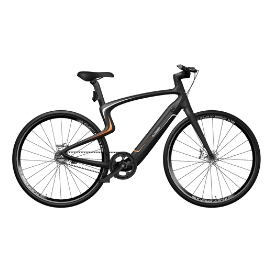
Urtopia Carbo E-Bike
Super lightweight
-
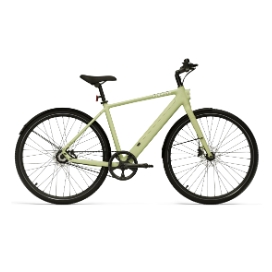
TENWAYS CGO600 Pro
Budget pick
Belt Drive E-Bike Pros + Cons
| Pros | Cons |
|---|---|
| Low Maintenance: Unlike chain-driven systems, belt drives don’t require regular lubrication, reducing the time and cost of maintenance. | Cost: Belt-driven systems are typically more expensive upfront than chain systems, which can make the initial purchase cost higher. |
| Quiet and Smooth: Belt-driven systems operate more quietly and smoothly than chain drives, which can enhance the riding experience. | Compatibility: Not all frames are compatible with belt drives, limiting the options for bike selection and customization. |
| Durability: Belts can last significantly longer than chains before needing replacement, thanks to their resistance to dirt, grit, and weather. | Limited Gear Options: Belt drive systems often come with internally geared hubs, which may not offer as many gear options as chain-driven, derailleur-style bikes. |
| Cleanliness: Belt drives are cleaner than chain drives as they don’t need oiling, eliminating the risk of oil stains on clothes or skin. | Repair Difficulty: While belts require less frequent maintenance, when a repair or replacement is necessary, it can be more challenging and require professional help. |
| Efficiency: When combined with electric power, belt-driven bikes offer an efficient ride, making them great for commuting or leisurely rides. |
Efficiency Loss: Some riders report a small loss in efficiency with belt drives as they can absorb some pedal power, slightly reducing the bike’s overall speed or range. |
More Commuter E-Bike Options:
